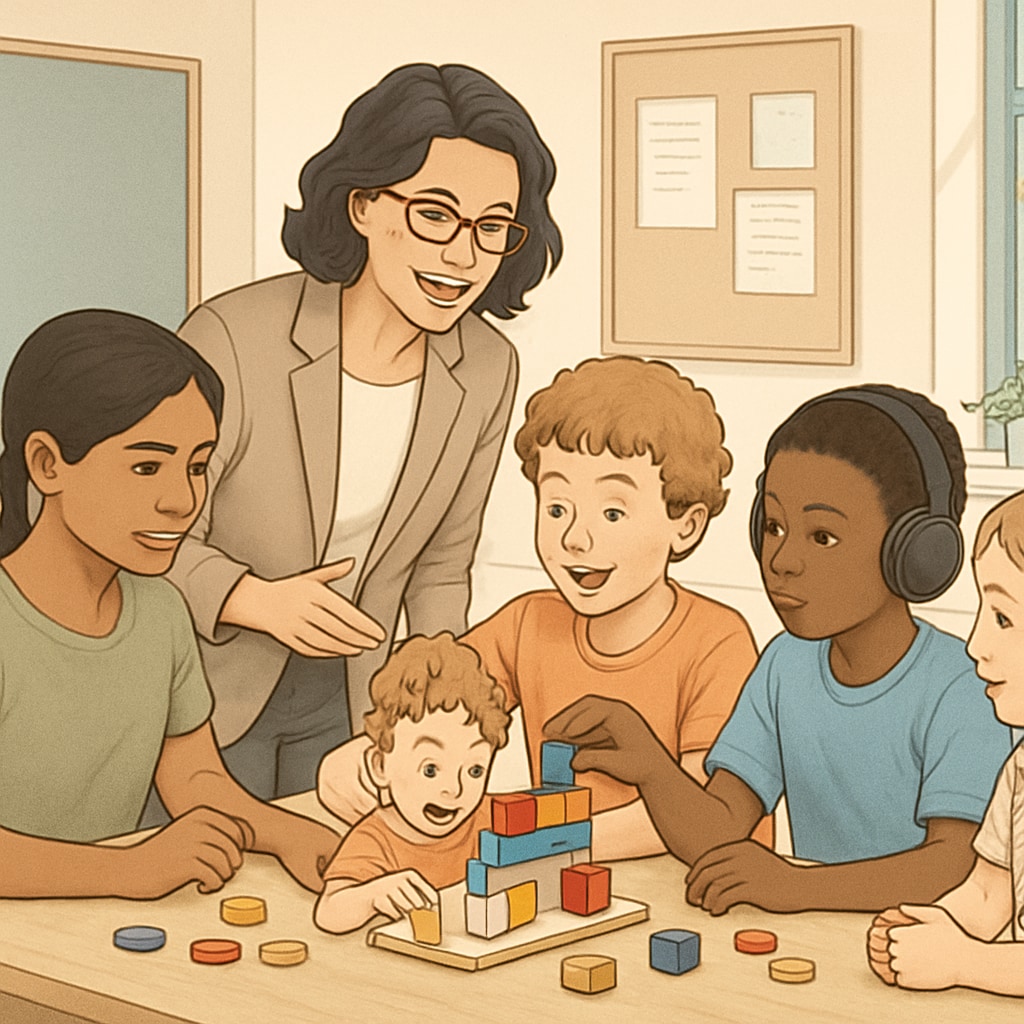Gifted education programs aim to nurture exceptional talents, but their reliance on standardized testing often excludes high-potential students with ADHD (Attention-Deficit/Hyperactivity Disorder). These students, who exhibit unique cognitive strengths alongside challenges, are frequently overlooked due to rigid evaluation methods. This oversight not only limits their personal growth but also deprives society of their extraordinary contributions. In this article, we explore the gaps in current gifted education systems and propose actionable solutions to build a more inclusive framework.
Why ADHD Students Are Overlooked
ADHD students often possess traits that align with giftedness, such as creativity, hyperfocus on areas of interest, and unconventional problem-solving skills. However, the very characteristics that make them stand out can conflict with traditional measures of academic performance. Standardized testing, a primary tool used in gifted program selection, frequently fails to capture their potential due to the following factors:
- Test format limitations: ADHD students may struggle with rigid time constraints and repetitive question styles, which do not align with their cognitive strengths.
- Behavioral biases: Teachers or evaluators may incorrectly interpret ADHD-related behaviors—such as impulsivity or inattentiveness—as indicators of lower ability.
- Narrow focus: Standardized tests often prioritize traditional academic skills, overlooking creative thinking and problem-solving abilities.
As a result, many ADHD students who could thrive in enriched learning environments remain excluded, reinforcing stereotypes and limiting their opportunities.

The Consequences of Misidentification
Excluding ADHD students from gifted education programs has long-term consequences for both individuals and society. These include:
- Stunted personal growth: Gifted ADHD students may feel misunderstood or unchallenged in standard classrooms, leading to disengagement and underachievement.
- Missed societal contributions: Many innovative thinkers and leaders, including those with ADHD, have shaped industries and ideas. Failing to support their potential risks losing future trailblazers.
- Reinforced stigma: The continued exclusion of ADHD students perpetuates misconceptions about their abilities and limits awareness of their unique strengths.
To address these issues, education systems must embrace more inclusive identification methods that account for neurodiversity.

Reimagining Gifted Education Evaluation
To better support ADHD students, gifted education programs should adopt multi-dimensional evaluation strategies. These include:
- Holistic assessments: Incorporate non-traditional testing methods, such as project-based evaluations, creative problem-solving tasks, and teacher observations.
- Neurodiversity training: Educators and evaluators should receive training to identify giftedness in ADHD students without bias or preconceived notions.
- Flexible criteria: Shift from rigid academic benchmarks to broader indicators of potential, including creativity, leadership, and emotional intelligence.
By fostering inclusivity, schools can unlock the hidden potential of ADHD students and create enriched learning environments for all.
Conclusion
ADHD students represent a largely untapped pool of talent that could thrive within gifted education programs if barriers like standardized testing are addressed. By rethinking evaluation methods and embracing neurodiversity, educators can ensure that no student is left behind. The time to act is now—to recognize the brilliance of every child, regardless of their learning style or needs.
Learn more about ADHD on Wikipedia | Standardized testing on Britannica


